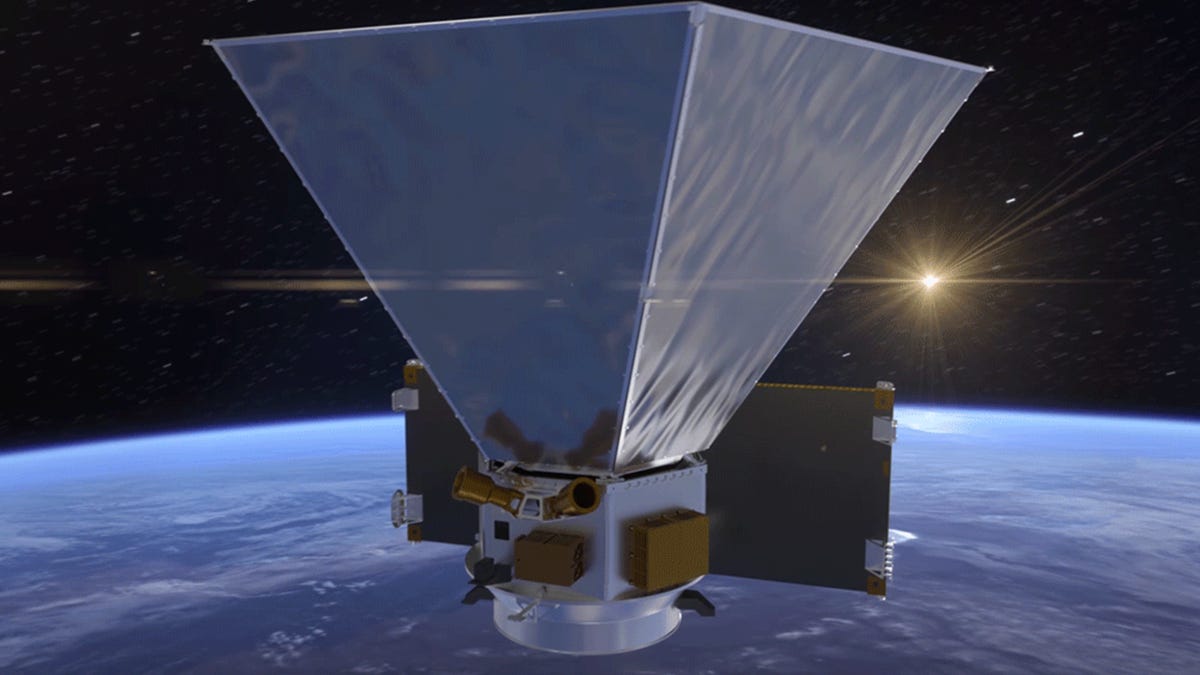NASA's new space telescope set to unravel secrets of the Big Bang
It's called SPHEREx and it's one step closer to launch.

An early, preliminary design for SPHEREx.
The Big Bang theory is a cosmological model describing how our current, observable universe came to be. But there is still much to learn about the concept, particularly when it comes to what occurred in those early microseconds after the big bang itself. What happened in that split second when our universe appeared? NASA wants to find out.
To do so, the space agency has designed a space telescope that will be able to probe the universe for evidence of those earliest moments.
Currently bearing the extremely cool moniker SPHEREx (short for "Spectro-Photometer for the History of the Universe, Epoch of Reionization and Ices Explorer") NASA has announced it's moving along nicely with its plan to build the telescope.
Next steps: Begin work on a final design and start to build the thing, with a view to launching between 2024 and 2025.
The SPHEREx space telescope is expected to be the size of "subcompact car" and, according to a recent NASA release, will "map the entire sky four times, creating a massive database of stars, galaxies, nebulas (clouds of gas and dust in space), and many other celestial objects."
If all goes to plan, SPHEREx will be the very first NASA mission to create a "full-sky spectroscopy map in near-infrared," observing a total of 102 near-infrared colors.
"That's like going from black-and-white images to color" explained Allen Farrington, project manager of SPHEREx.
The first priority of SPHEREx is to search for evidence of something NASA says "might have happened less than a billionth of a billionth of a second after the big bang."
By mapping billions of galaxies across the universe NASA hopes to find statistical patterns that can help explain what happened immediately after the big bang, when the universe rapidly expanded. The newly created map will also help search for water ice and frozen organic molecules around newly forming stars.
SPHEREx is also hoping to discover more about galaxy formation and may be able to discover how some of the first galaxies created stars.
You can find out more about the SPHEREx mission here.

